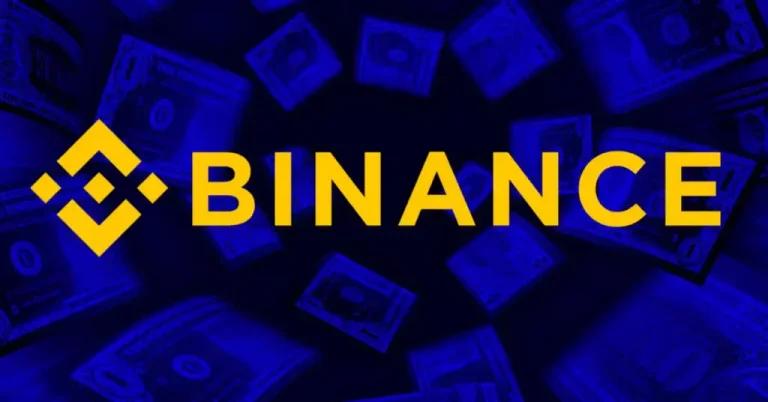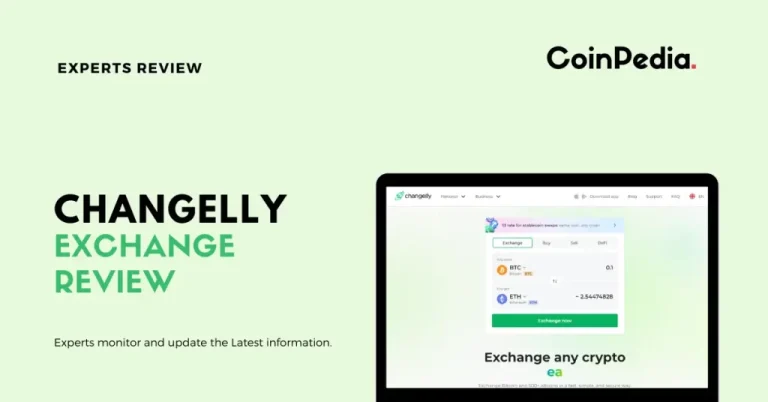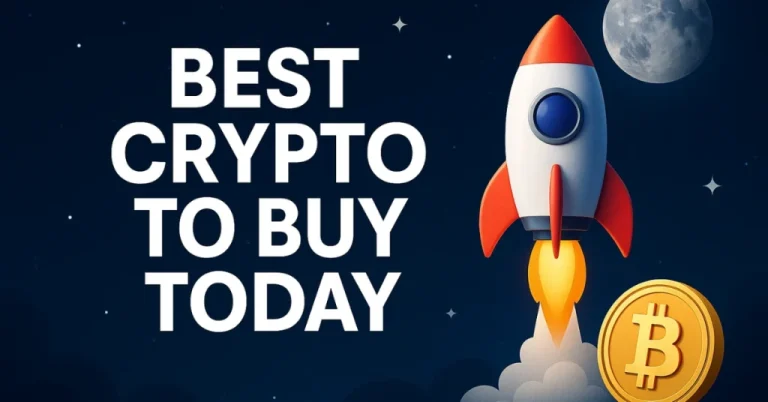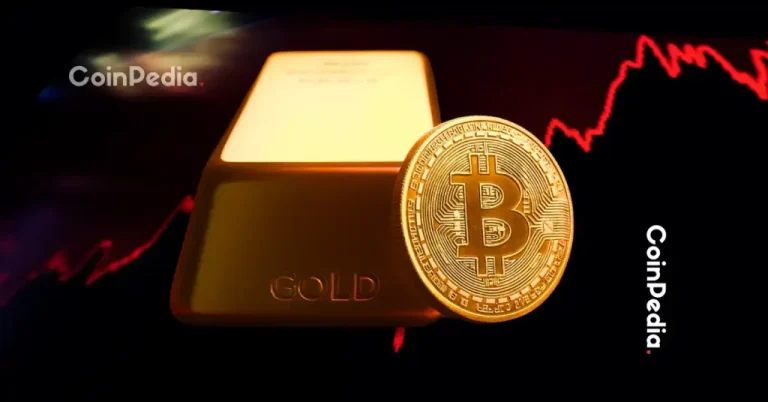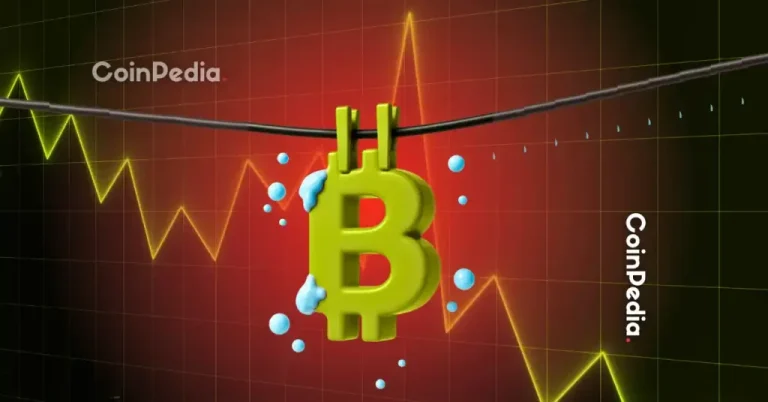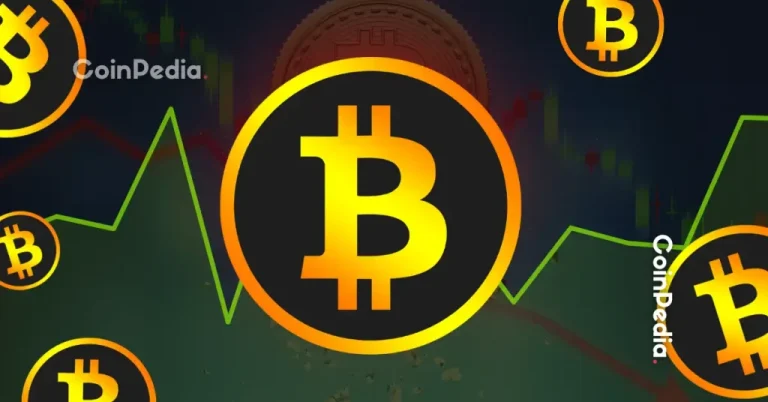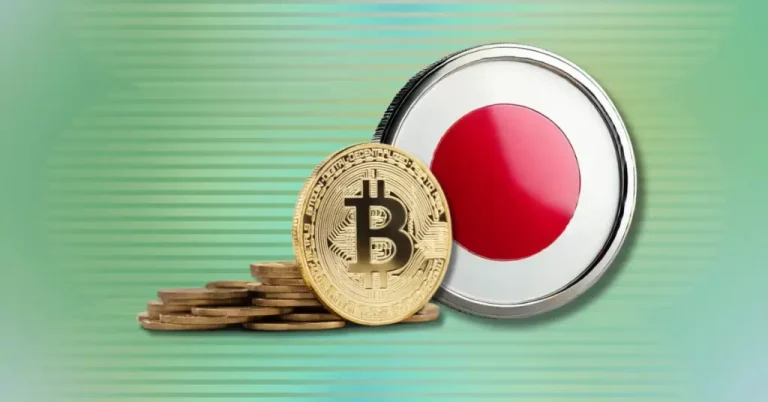The post Coinpedia Digest: This Week’s Crypto News Highlights | 18th October, 2025 appeared first on Coinpedia Fintech News
Crypto is moving fast and the stakes are getting higher. A $4 trillion market rebound, new state-level crypto laws, and a record $15B seizure made this week very eventful. The industry is reshaping itself in real time.
Here are the biggest moves you don’t want to miss.
#1 Crypto Market Surges to $4 Trillion in Q3; Biggest Jump in Years
Solid news for the crypto market. CoinGecko’s Q3 2025 report shows total market capitalization jumped 16.4%, adding $563.6 billion to reach $4 trillion – the highest level since late 2021. The report called it the market’s “second leg of recovery,” powered by fresh liquidity, rising institutional inflows, and a sharp rebound in trading activity.
Average daily trading volume climbed 43.8% to $155 billion, marking crypto’s strongest quarter in years and signaling renewed investor confidence.
#2 New California Law Bans Forced Liquidation of Bitcoin, Ethereum
California has taken a major step for crypto holders. Governor Gavin Newsom has signed SB 822, making California the first U.S. state to ban the forced liquidation of unclaimed cryptocurrency. The law, sponsored by Senator Josh Becker, requires the state to hold assets like Bitcoin and Ethereum in their original form instead of converting them to cash.
Paul Grewal, Coinbase’s Chief Legal Officer, thanked Newsom for the move, saying it protects Californians’ crypto investments from being sold without consent.
#3 U.S. Seizes Record $15B in Bitcoin
The U.S. has carried out its biggest-ever crypto seizure, moving to take control of $15 billion in Bitcoin tied to a massive global scam run from Cambodia. Authorities say the operation was led by Chen Zhi, head of Prince Holding Group, which forced workers into “pig butchering” scams that defrauded victims worldwide.
The DOJ, Treasury, and U.K. regulators jointly led the crackdown, calling it “a global response to a global crime.” Over 127,000 BTC linked to the network are now under U.S. forfeiture.
#4 Binance Pushes Back on $2.5M Listing Fee Accusations
Binance has denied claims that it demanded over $2.5 million and 9% of tokens from Limitless Labs for a token listing. The accusation came from CEO CJ Hetherington, whose viral X thread accused Binance of profiting over innovation.
Binance called the claims “false and defamatory,” saying deposits are refundable and used for security. CZ hit back, urging builders to “focus on strong products,” while critics said the issue exposed how opaque exchange listing practices still are.
Also Read: Is Gold’s Rise an Urgent Warning Sign for Bitcoin and the Global Economy?
#5 Crypto.com CEO Seeks Probe Into Exchanges After $20B Crypto Crash
Crypto.com CEO Kris Marszalek has urged regulators to investigate exchanges after a record $20 billion in crypto liquidations. In a post on X, he asked whether trading platforms “slowed down to a halt” or mispriced assets during the crash.
Data from CoinGlass shows Hyperliquid led losses with $10.3B, followed by Bybit and Binance. Binance later confirmed a depeg issue linked to Ethena’s USDe, prompting user complaints and a public apology from Yi He over platform errors.
#6 10x Research Flags Bitcoin Treasury Stock Collapse – $17B Gone!
The Bitcoin treasury trade is cracking. A new 10x Research report says investors have lost over $17 billion on stocks like MicroStrategy and Metaplanet, once seen as the smarter way to bet on Bitcoin.
At their peak, these companies traded at up to 4× their Bitcoin value, but as markets cooled and sentiment shifted, those premiums vanished. 10x calls it “the end of the financial magic,” as even top firms now face pressure to prove real value beyond hype.
#7 Florida Revives Crypto Reserve Plan With New Bitcoin Bill
Florida is making another move toward crypto adoption. Lawmakers have introduced House Bill 183, which would allow the state’s chief financial officer to invest up to 10% of public funds in Bitcoin and crypto ETFs. The proposal includes strict custody and compliance measures to ensure security and align with federal standards.
If passed, the bill would also let residents pay some taxes and fees in digital assets – a clear signal that Florida wants to bring Bitcoin back into its long-term financial plans.
Read More: $19 Billion Crypto Crash Shows Market Makers Can Also Break the Market
#8 Paxos Accidentally Mints $300 Trillion in PayPal Stablecoin
Paxos, the issuer behind PayPal’s PYUSD stablecoin, accidentally minted $300 trillion worth of tokens during an internal transfer on Wednesday. The company quickly caught the mistake, burning the excess within twenty minutes.
The incident briefly stunned the crypto community, given PYUSD’s actual market cap of just $2.6 billion. Paxos, regulated by New York DFS, said the issue has been fully resolved.
#9 Coinbase Rolls Out Crypto Platform for Small Businesses
Coinbase is expanding beyond retail traders with Coinbase Business, a new platform for small and medium-sized companies. The service will let firms accept crypto payments, manage assets, and earn up to 4.1% APY on USDC holdings.
It integrates with QuickBooks, Xero, and crypto tax tools, aiming to simplify accounting and payroll. Coinbase says onboarding will take just two days. The move puts the exchange in direct competition with fintech players like Mercury, Brex, and BitPay.
#10 SBF Accuses Gensler, DOJ of Silencing Him Before Key Crypto Vote
Sam Bankman-Fried has claimed his 2022 arrest was politically driven after he began donating to Republicans. Posting on GETTR, the FTX founder said he shifted from “center-left” in 2020 to a more centrist view in 2022, frustrated by the Biden administration’s crypto crackdown under SEC Chair Gary Gensler.
SBF alleged the SEC and DOJ “went after” him just before a key crypto vote and his congressional testimony. He added that Gensler later “conveniently lost” messages linked to that period.
In the Spotlight
Here’s a few quick hits you shouldn’t miss!
Japan Hints at Rate Hike as Inflation Stays Hot: The Bank of Japan may raise rates soon, with officials saying any move will depend on economic data as the country shifts away from years of ultra-loose policy.
Kenya Passes Crypto Law to Attract Investors: Parliament has approved a bill to regulate digital assets, giving the central bank oversight of crypto and stablecoin licensing to boost investment in the sector.
Australia Plans Crackdown on Crypto ATMs Over Scam Fears: Australia will give its financial watchdog AUSTRAC powers to restrict or ban crypto ATMs amid rising money laundering and scam risks, as the machines now handle $275 million annually.
Coinbase Invests in CoinDCX: The U.S. exchange backed Mumbai-based CoinDCX at a $2.45 billion valuation, strengthening its push into rapidly growing crypto markets across the region.
Robinhood Embraces Copy Trading After Earlier Warnings: The trading app will launch a verified copy-trading feature in the US next year, letting users manually mirror top traders’ moves while aiming to stay compliant with regulators.
What’s Next for Crypto?
Major shifts to expect ahead
- Market momentum is back, but trust is still fragile after the $19B wipeout.
- Governments are moving from crackdown to clarity as new crypto laws take shape worldwide.
- Institutional players are redefining adoption – from state reserves to small business finance.
- Exchange scandals are forcing transparency, raising the bar for security and accountability.
- Decentralization is evolving into integration as banks and fintechs join the chain.
Stay tuned – the next few weeks could define where the global crypto story goes from here.


